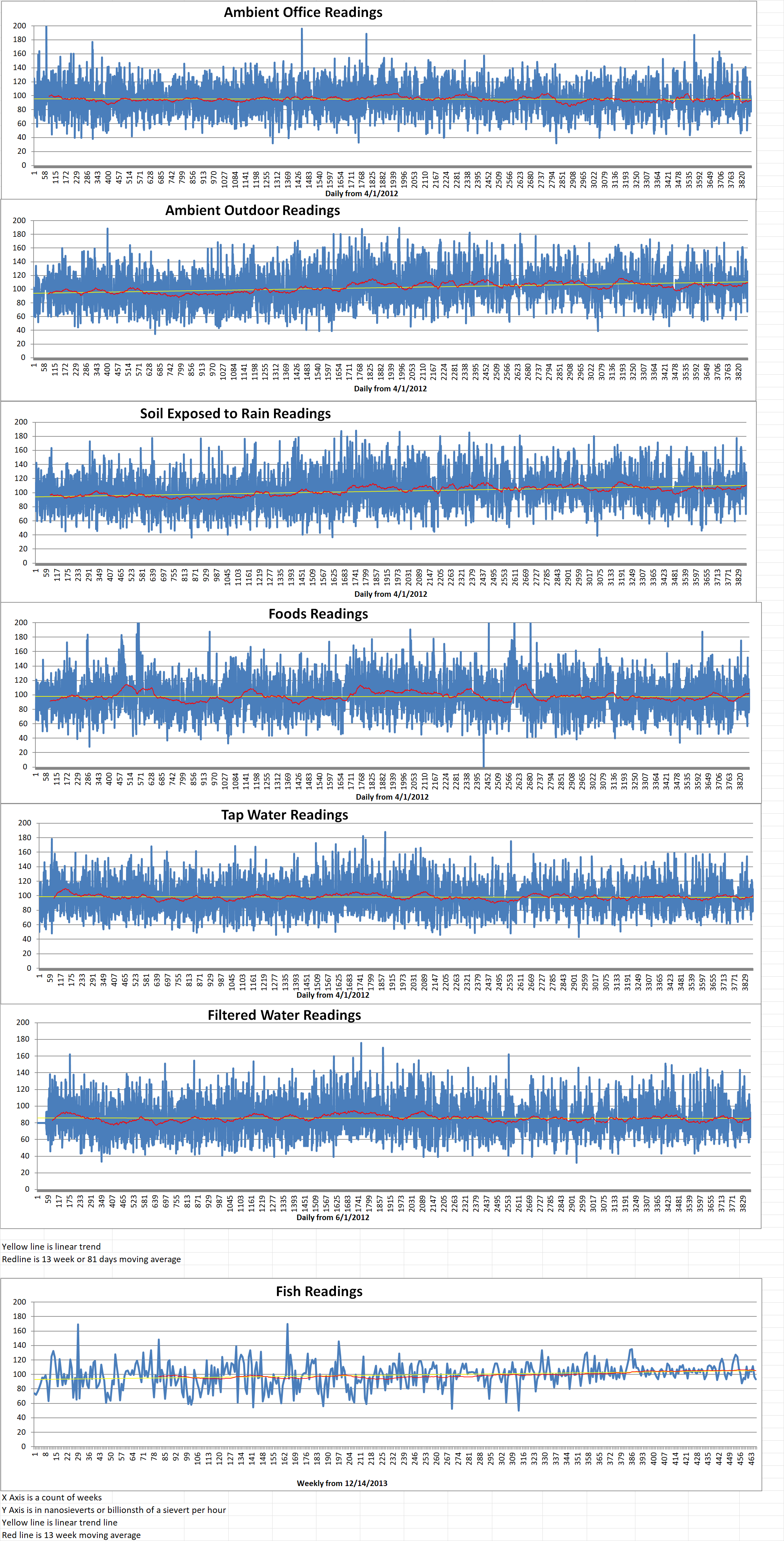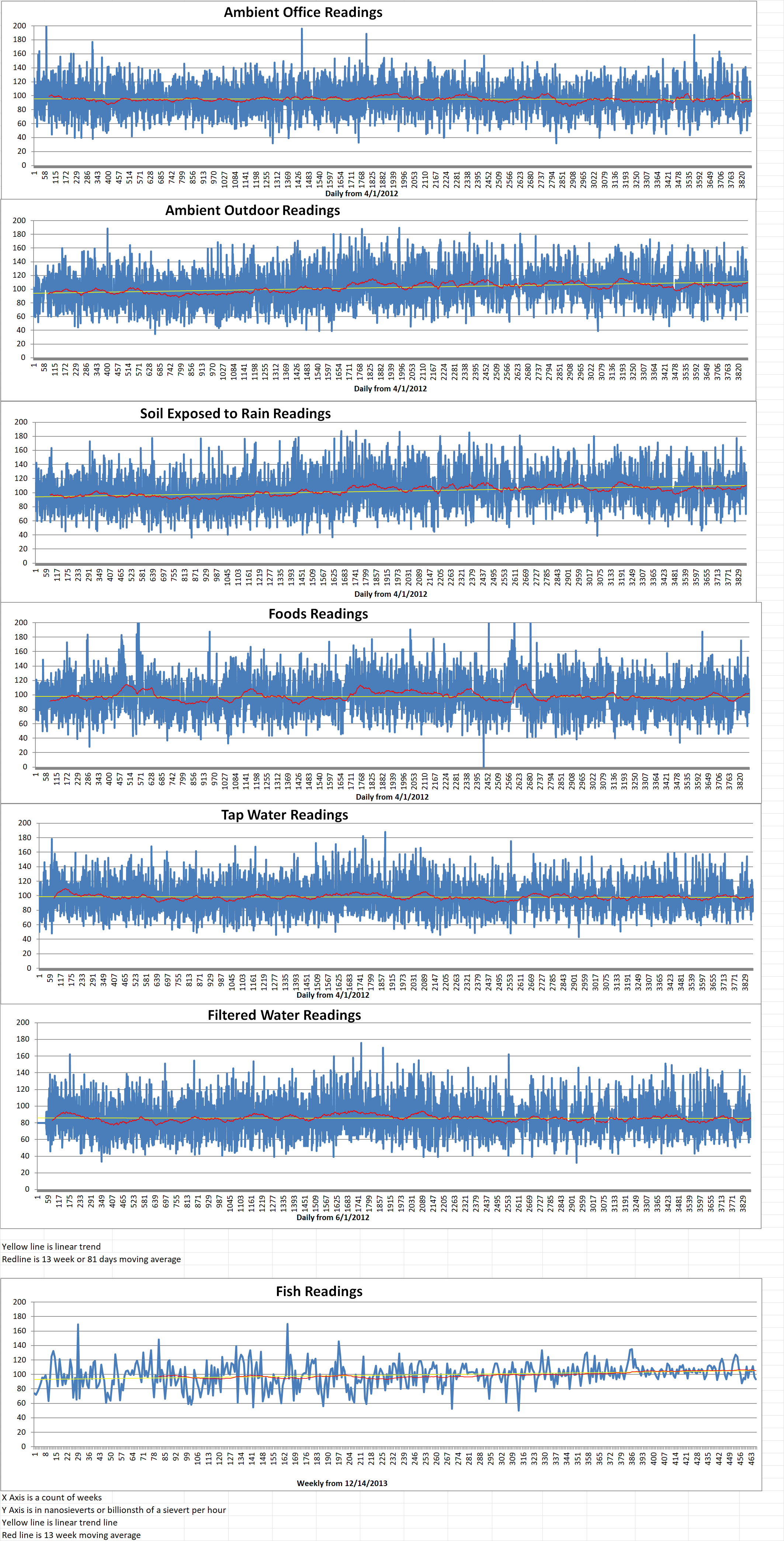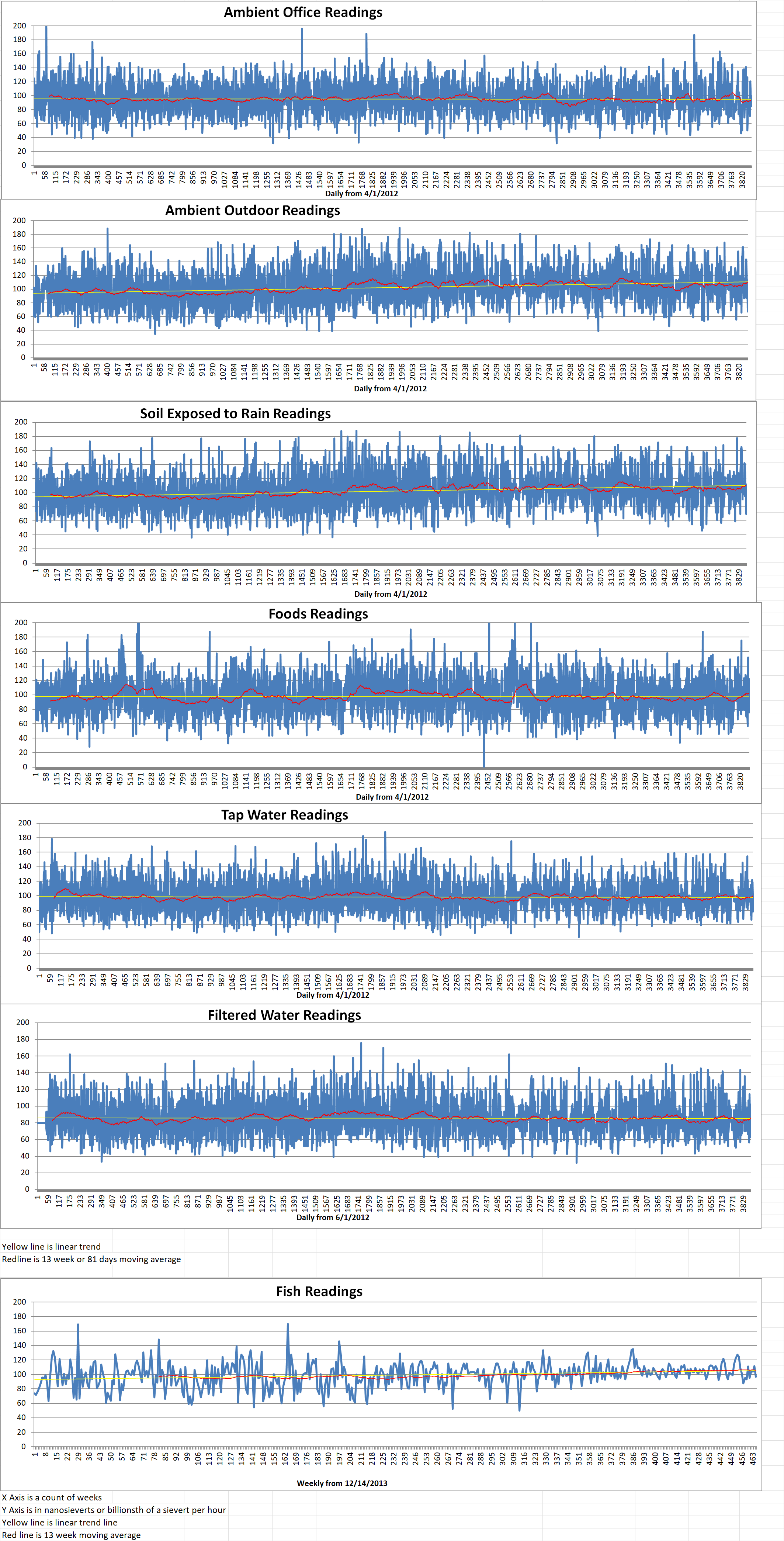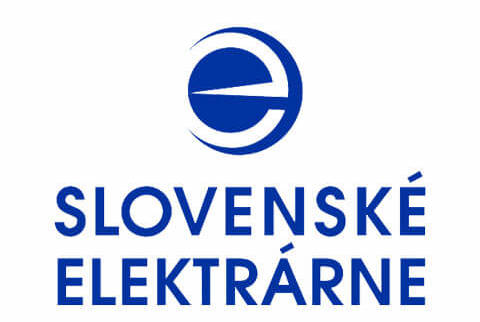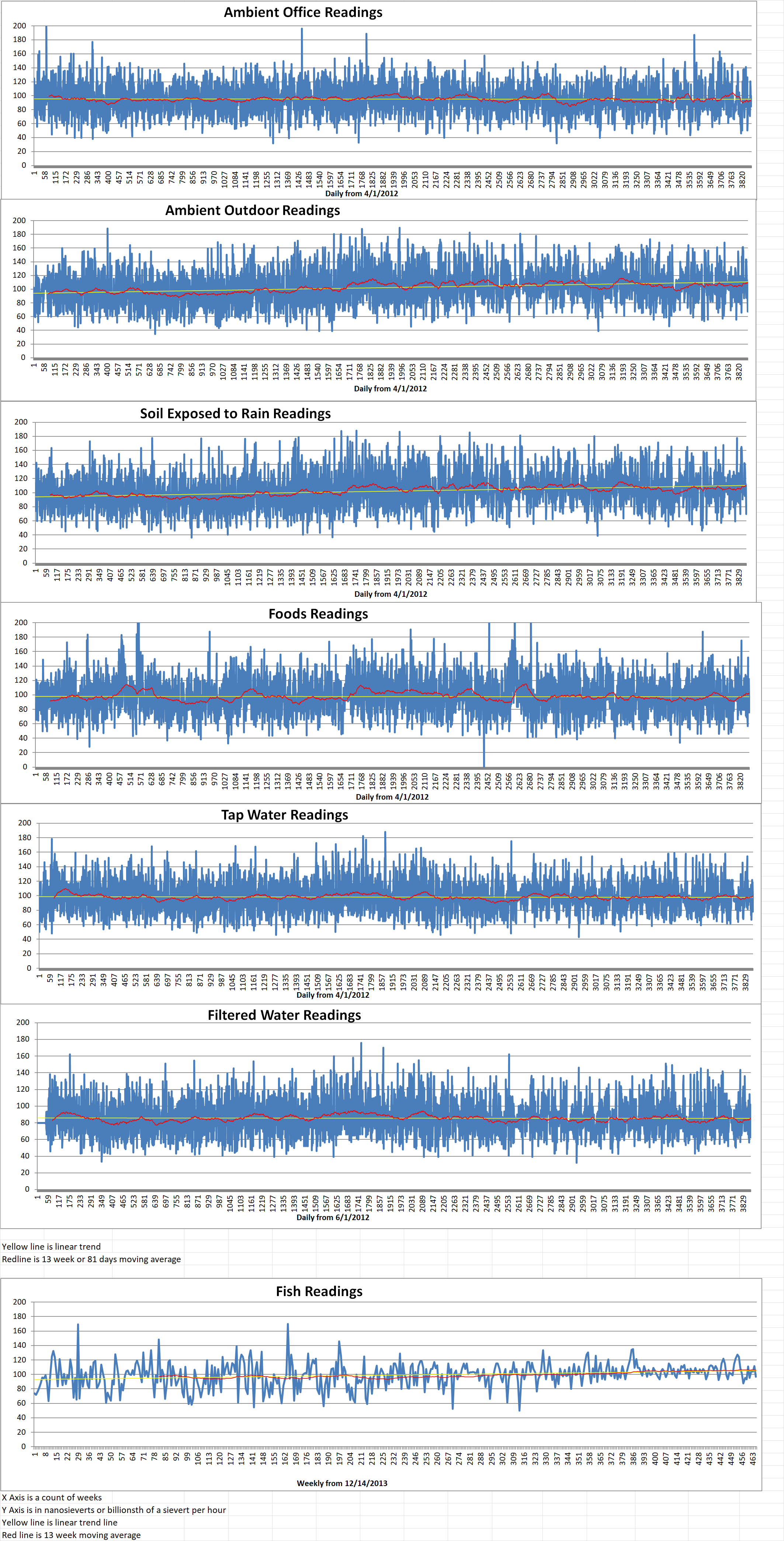MoltexFLEX is a subsidiary of Moltex Energy Limited. It has just received a research grant to work with researchers at the University of Manchester to investigate how its FLEX reactor’s molten coolant salt interacts with graphite. The grant came from the Henry Royce institute of Advanced Materials. It will be used for cutting-edge characterization that will help qualify industrial-grade graphite for application in advanced molten salt nuclear technologies. The award is part of the Industrial Collaboration Program (ICP). This is a Royce initiative that seeks to boost research, development and innovation activities across the U.K.
Graphite is a critical material used to control the fission process in the FLEX reactor and many other nuclear reactors. MoltexFLEX is investigating the possibility of using standard industrial-grade graphite as part of the company’s goal to use already available, ‘off-the-shelf’ components and solutions.
The research program calls for MoltexFLEX scientists to work alongside those of the University of Manchester’s Nuclear Graphite Research Group (NGRG), which have been working in partnership on graphite-related topics since 2020. It will employ state-of-the-art facilities in the university’s irradiated materials laboratory. The researchers will make use of x-ray computer tomography and hard x-ray photoelectron spectroscopy to examine the graphite and its response to molten salt exposure in minute detail.
MoltexFLEX said that the research will have far-reaching implication. “Using industrial-grade synthetic graphite that has high thermal and chemical resistance will deliver significant cost savings for the FLEX reactor, as well as enabling it to be rolled out across the globe even more quickly.”
Chris Morgans is the project manager for MoltexFLEX. He said, “We believe that collaboration truly enables the path to technology maturity, and so working with Royce and the University of Manchester on this joint project to determine the effects of molten salts on the physical and mechanical properties of graphite, will not only drive the development of the FLEX reactor design forward, but forge a strong academic-industrial partnership in the process.”
MoltexFLEX is working on the FLEX reactor which is a thermal neutron (moderated) version of Moltex Energy’s stable salt reactor technology. The FLEX reactor is small and modular. This allows components to be factory-produced and readily transportable, reducing on-site work, increasing speed of construction, and minimizing overall costs. It is passively safe which means that it does not require engineered, redundant, active safety systems. The FLEX reactor has no moving parts and is fueled for twenty years at a time. This means that there is very little need for operator input and very low operating costs. Each FLEX reactor delivers forty megawatts of thermal energy at thirteen hundred degrees Fahrenheit. Moltex plan is to have its first reactor operational by 2029.
David Landon is the CEO of MoltexFLEX. He said, “Graphite is a significant component of the reactor cost. The success of this research in demonstrating the viability of industrial-grade graphite will contribute to MoltexFLEX’s mission to deliver affordable nuclear power for all.”
Royce is operating from its hub at the University of Manchester. It is in partnership with nine institutions including the universities of Cambridge, Imperial College London, Liverpool, Leeds, Oxford, Sheffield, the National Nuclear Laboratory, and UKAEA. The universities of Cranfield and Strathclyde are Royce’s associate partners.
The Royce program is funded by the Engineering & Physical Sciences Research Council, part of UK Research & Innovation. Royce coordinates over three hundred and seventy million dollars’ worth of facilities. They provide a joined-up framework that can deliver beyond the current capabilities of individual partners of research teams.
The award to MoltexFLEX is part of t he Industrial Collaboration Program. This is a six hundred and eighty-five million dollar Royce initiative for collaborative, business-led research, development and innovation projects aimed at accelerating progress towards a sustainable future.

